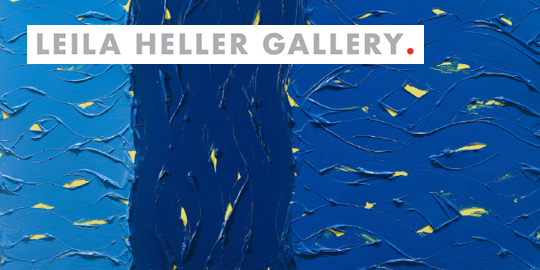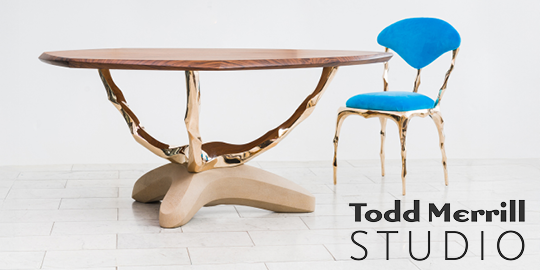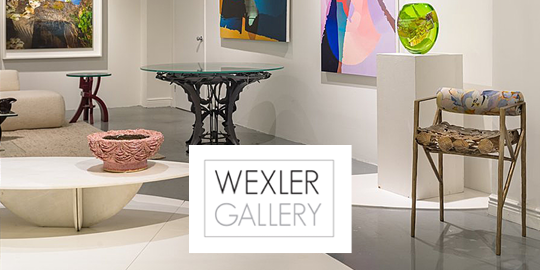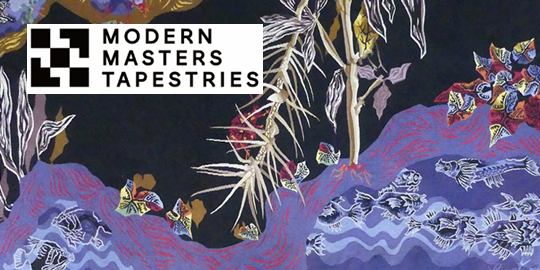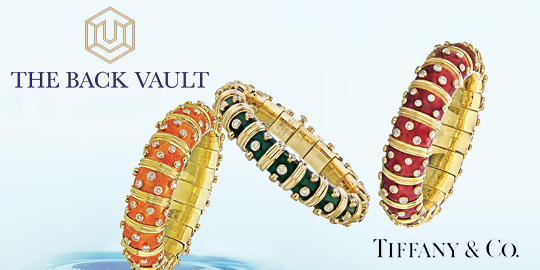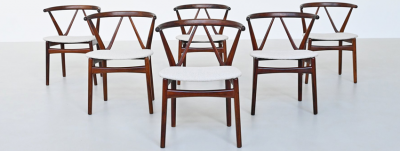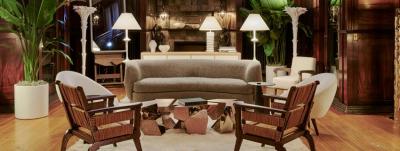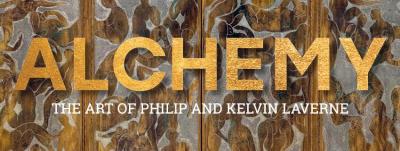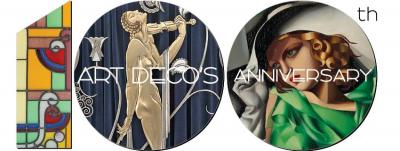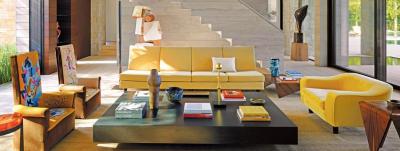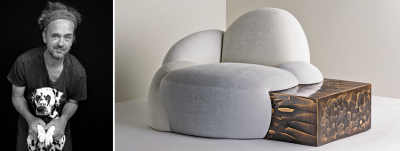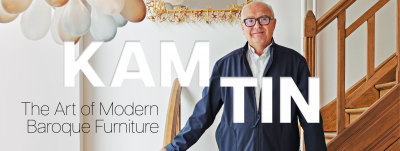Jersey Shore Impressionists

- Robert Henri (1865–1929) Beach at Atlantic City, 1893
Oil on canvas 12 x 18 inches
Courtesy, Phoenix Art Museum
Robert Henri was born Robert Cozad in a small town in Nebraska. His family moved to Atlantic City to escape retribution from a situation in which Robert’s father had killed a man in self-defense. In 1886 Henri enrolled in classes at the Pennsylvania Academy and began training with Thomas Anshutz and James B. Kelly. He traveled to Paris (on his second visit he was influenced by techniques of impressionism), and taught in Pennsylvania and in Avalon, New Jersey. At the Avalon Summer Assembly in the summer of 1893 he taught a plein air class on the beach and private sessions three afternoons a week.
The first American art colonies appeared during the 1880s, when young artists, fresh from their experiences in France and Germany, began to return to America. These young Americans were a generation that returned to America carrying the most advanced ideas of European art. The early art colonies fed the spirits of these young artists and were located in rural settings that recreated the environments they had known during their student days in Europe.
The light and atmosphere of the Jersey Shore, which stretches from Sandy Hook in the north to Cape May in the south, had attracted artists such as John Frederick Kensett in the 1850s and Winslow Homer a decade later. In the 1880s artist Carrie Cook Sanborn taught classes in landscape painting during the summers at her home in Point Pleasant along the Manasquan River, a short distance from the ocean. By 1894, Theodore Robinson, one of the most important first-generation American Impressionists and a friend of Cook’s, began to teach the instruction classes. The Manasquan River provided a strong inspiration for Robinson. His Boats at a Landing and Drawbridge - Long Branch - R.R. were both produced in a simplified style not seen in his work before. He organized the paintings into broad horizontal bands of color and omitted the usual laws of western perspective in favor of the Japanese technique of stacking the elements of the landscape. The previous year, in 1893, Edward Boulton, a close friend and collaborator with Thomas Eakins, ended his stewardship of the Art Students League of Philadelphia where Eakins taught, and moved to Point Pleasant where he bought a home and remained a resident there until his death in 1927.
Albert Grantley Reinhart and his friend Charles Freeman began to visit Spring Lake, Point Pleasant, and Brielle, after having established their friendship when both were students in Munich, working with Frank Duveneck in the late 1870s and early 1880s. Both eventually took up residence in Brielle, New Jersey, on the Manasquan River, around the turn of the century. These artists sought one another’s company in the small villages along the Manasquan River. Other colonies formed on the Toms River in Island Heights and Holly Beach where Thomas Anshutz produced an important series of experimental, impressionist watercolors between 1893 and 1900. Most of the artists were peripatetic, staying at the shore for varying amounts of time — from a few months, like Theodore Robinson, to several years, like Thomas Anshutz. They all shared the belief that the New Jersey Shore was a place where their art would evolve and grow.
The second generation of painters arrived after 1900. For the most part, they did not go to Europe to study, instead they sought instruction in the American art schools staffed by those earlier artists who studied in Europe. These artists often received their training at the Pennsylvania Academy of the Fine Arts, the Art Students League, or Pratt Institute. This second generation joined the existing colonies or formed new ones. They produced works that focused on the natural beauty of the environment and the activities of the shore, such as swimming, boating, sun bathing, and the hard labor surrounding pound fishing. The core of the group was comprised of Albert Hencke, Ella Mendenhall Churchman, Oscar Julius, Edgar Pearce, Julius Golz, and Ida and Clara Stroud. All were accomplished, professional painters of considerable talent. Clara Stroud and Ella Churchman, the niece of the illustrator and influential teacher, Howard Pyle, exhibited frequently at the Society of Independent Artists; Julius Golz was the former Director of the Columbus School of Art.
Among the idiosyncrasies that made the New Jersey Impressionists different from other colonies was the diversity of their sophisticated backgrounds. From the realism of Thomas Eakins, who frequented the shore and whose influence is found in the early work of Edward Boulton; the ideas of French impressionism, as seen in the work of Theodore Robinson, Claude Monet’s closest America friend; and the German technique of expressive brushwork seen in the early work of John Twachtman and in the work of his friends Albert Grantley Reinhart and Charles Freeman, all former students in Munich and of Frank Duveneck in nearby Poling. Another characteristic that distinguishes this community from others is the role of women artists. At a time when women were often discouraged in their pursuit of artistic training, there was an abundance of strong independent women painters: Caroline Coventry Haynes, founder and one of the first presidents of the National Association of Women Painters and Sculptors, Caroline Cook Sanborn, noted above, and Ida Wells Stroud and her daughter Clara Stroud, who worked to transform the newly formed evening sketch classes held in Newark into a robust and popular full-time art school. Ida is also celebrated for creating the first opportunity for New Jersey women to exhibit together in 1914. The artistry of Mildred Miller presents a very powerful and personal point of view that won her important national recognition for her Jersey Shore paintings. Lastly, what distinguishes the work of these Jersey Shore Impressionists is the quality of light present along the shore, which is unlike that of anywhere else. These artists shared with other art colonies many of the same founding conditions and, as a group, offered a body of work unlike that of any other.



